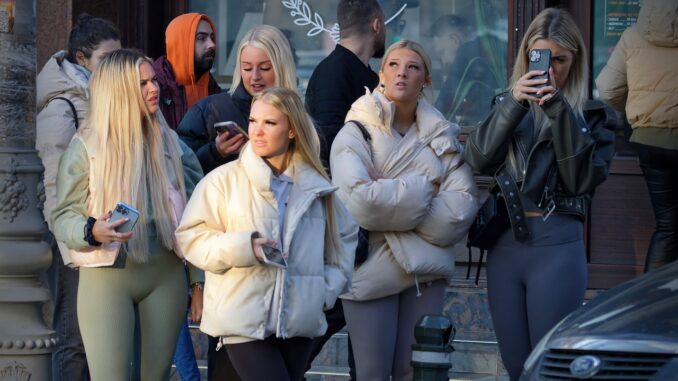
As e-commerce and digital advertising have become increasingly sophisticated, retargeting has emerged as a powerful tool for winning back potential customers who showed interest but didn’t complete a purchase. Retargeting is a form of digital advertising that allows businesses to reach out to users who have previously visited their website or engaged with their brand. By strategically displaying targeted ads, companies can re-engage these prospects, reminding them of the products or services they viewed and enticing them to return and make a purchase.
This post will dive into the different types of retargeting strategies, why they work, and provide examples of companies that have successfully used retargeting to improve their customer acquisition efforts.
Understanding the Power of Retargeting
Retargeting works by tracking users through cookies, allowing businesses to follow their online behavior and serve them relevant ads based on their previous interactions. Research shows that retargeted customers are 70% more likely to convert, making this a highly effective tactic for boosting customer acquisition. Retargeting keeps your brand top-of-mind, gently nudging potential customers back to your website and addressing hesitations they may have had initially.
1. Website Retargeting
Website retargeting focuses on visitors who leave your site without making a purchase. By displaying ads related to the products or categories they viewed, businesses can draw these visitors back.
Example 1: Zara’s Dynamic Retargeting Ads
Fashion brand Zara uses dynamic retargeting ads to display the exact items a user previously viewed. This personalization reinforces the user’s interest, keeping the item fresh in their mind and encouraging them to return to make a purchase. By using highly targeted retargeting ads, Zara boosts conversions and ensures a more personalized shopping experience.
Example 2: Booking.com’s Cross-Device Retargeting
Booking.com retargets users across devices, so if someone browses hotel options on their phone and leaves without booking, they might see reminders about those same hotels later on their desktop. This consistency in retargeting not only reminds users of their initial interest but also makes it easy for them to complete their booking whenever they’re ready.
2. Social Media Retargeting
Social media platforms, such as Facebook, Instagram, and LinkedIn, allow businesses to serve retargeting ads to users based on their browsing history. Social media retargeting leverages these popular platforms to re-engage customers with visually appealing ads that appear in their social feeds.
Example 3: Nordstrom’s Retargeting on Facebook
Nordstrom utilizes Facebook’s retargeting options to re-engage customers who browsed items on their site but didn’t buy. With visually rich product ads in users’ feeds, Nordstrom reminds them of products they showed interest in, encouraging them to return to complete their purchase. This strategy is effective for Nordstrom, as Facebook’s visual interface mirrors the browsing experience.
Example 4: Airbnb’s Instagram Retargeting Ads
Airbnb uses Instagram retargeting to reach users who viewed specific destinations or properties but didn’t book. The ads feature captivating visuals of popular locations and gently remind users of potential travel experiences, enticing them to take action. By retargeting on Instagram, Airbnb taps into an audience receptive to visually-driven content.
3. Email Retargeting
Email retargeting is a highly personalized form of retargeting, where brands send follow-up emails to users who visited a site or abandoned their cart. This method allows for direct communication, and emails can include product recommendations, discounts, or reminders.
Example 5: Sephora’s Abandoned Cart Emails
Beauty retailer Sephora effectively uses email retargeting to recover abandoned carts. If a user adds items to their cart but leaves without completing their purchase, Sephora sends a gentle reminder email, sometimes with a discount to encourage completion. These personalized emails help increase conversion rates and reinforce Sephora’s customer-centric approach.
Example 6: Wayfair’s Targeted Product Recommendations
Wayfair, an online home goods retailer, sends retargeted emails with product recommendations based on users’ browsing history. If a customer views several furniture pieces but doesn’t buy, Wayfair’s email might include similar items that match the user’s taste. This approach personalizes the shopping experience and increases the likelihood of converting hesitant customers.
Retargeting is a crucial component of any customer acquisition strategy. By implementing website, social media, and email retargeting, companies can win back customers who showed interest in their products or services but didn’t convert initially. Successful retargeting requires personalization, relevant messaging, and the right timing to bring lost customers back into the buying journey.
Chintan is the Founder and Editor of Loyalty & Customers.




